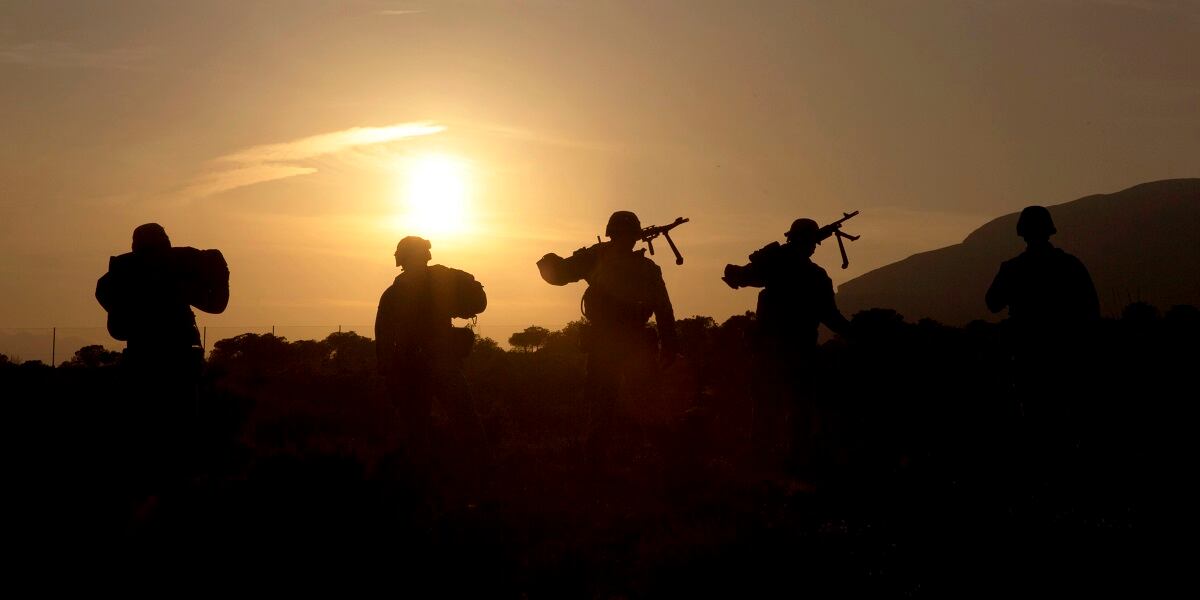Right now, Marine Corps vehicles are exposed, and threatened by drones and other airborne dangers that could target the entire ground fleet, which lacks built-in defenses.
But testing, fielding and money is charging at the problem at all levels, two Marine generals told Congress on April 18 during a House Armed Services Committee hearing.
That work will add lasers and missiles to the Joint Light Tactical Vehicle, and is putting a counter-drone system on a two-person all-terrain vehicle.
RELATED

Committee Chairman Rep. Michael Turner, R-Ohio, asked what the Marines Corps is doing about its air defense vulnerability: “We are aware that the Marine ground units are almost wholly without an effective organic air defense system.”
They’ve got a lot of catching up to do. Air defense work hasn’t been a priority for the Marines since the end of the Cold War.
Lt. Gen. Robert Walsh, head of the Marine Corps Combat Development Command, rattled off a list of efforts that Marines are pursuing.
He described an approach that includes counter-drone technology, counter-electronic warfare, missiles and lasers.
And it’s at the lowest level of vehicles.
One such device, the Lightweight Marine Air Defense System has been fielded on 14 Marine RZRs, the all-terrain vehicle used by reconnaissance Marines to access remote locations.
That work will continue, said Lt. Gen. Joe Shrader, head of Marine Corps Systems Command.
The Corps is integrating Stinger missiles for both rotary and fixed-wing air defense on its Joint Light Tactical Vehicles, the eventual Humvee and Mine Resistant Ambush Protected vehicles that have been in use in recent decades.
Marines are using a disposable, lightweight drone called “Coyote” that have shown capabilities of launching in swarms, according to Raytheon, which manufactures the drone.
For electronic warfare they’ve got the Modi, a man-packable EW countermeasure device that can disrupt enemy communications, especially useful for jamming radio-controlled IEDs.
Shrader added that the Marines are also working with the Army as they field a vehicle-mounted, 2-kW laser to disable drones on the JLTV.
Todd South has written about crime, courts, government and the military for multiple publications since 2004 and was named a 2014 Pulitzer finalist for a co-written project on witness intimidation. Todd is a Marine veteran of the Iraq War.





